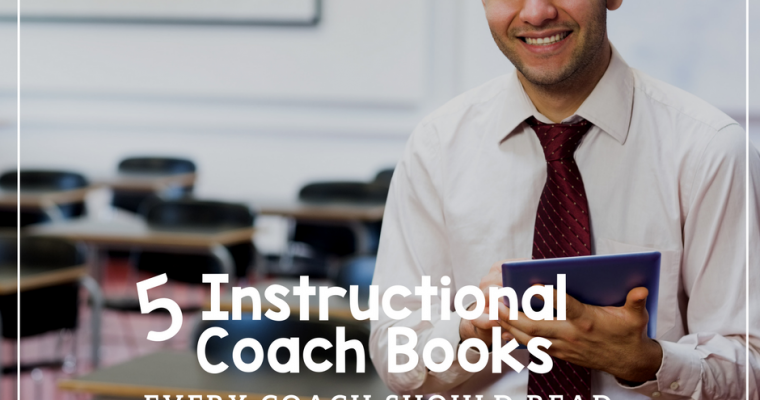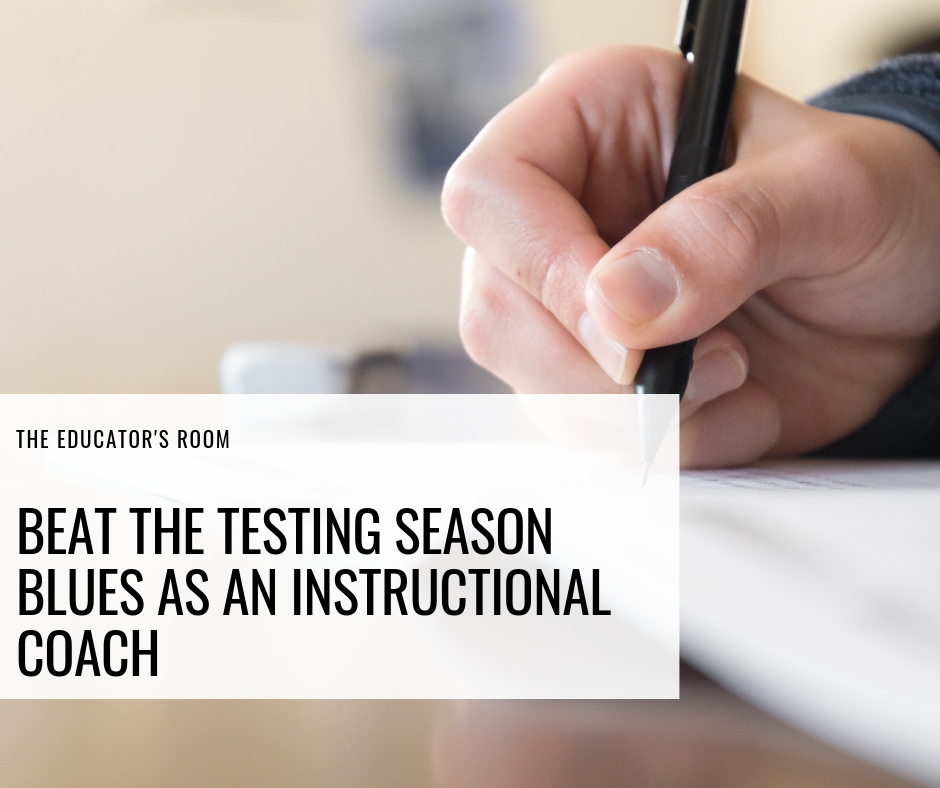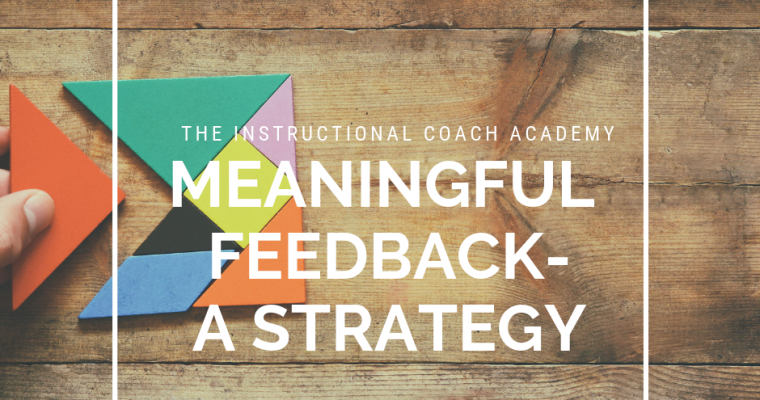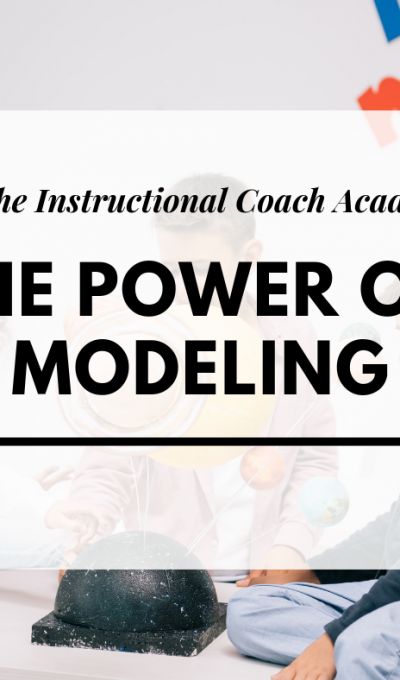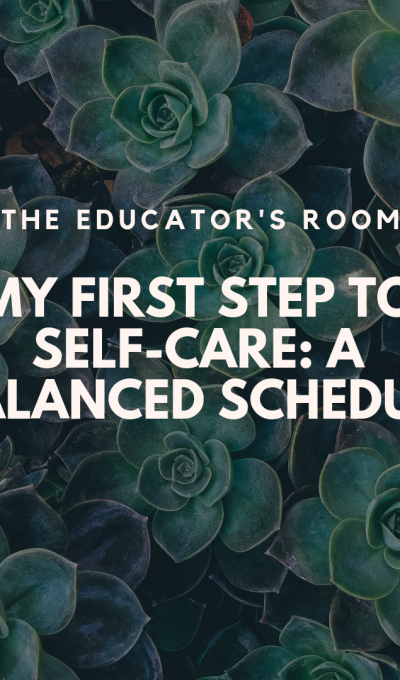You clear your throat. “Today we’re going to learn how to monitor data in our classrooms..” You look around the room and 20 pairs of eyes are looking at you waiting for you to finish your sentence. “..and how to increase student achievement at our school.” As you turn around to grab your handouts you can feel the collective sigh from your co-workers.
They HATE to discuss data.
As you turn around to pass out your handouts, the first question comes up.
Teacher A: “Didn’t we just look at data at our last meeting?”
Teacher B: “I couldn’t give my diagnostic exam because the computer lab was being worked on.”
Teacher C: “Can we make this short? I have papers to grade!”
As you struggle through the professional development you literally feel yourself failing as a coach. After training you just sit in your office and replay the events in your head. How in the hell did you even get to this point?
That right there ladies and gentlemen is the typical day in the life of an Instructional Coach. I experienced it and many times these types of experiences literally put you through the Instructional Coach Ring of Fire. By the time you are finished with your presentation, you have sweated out all your deodorant and your throat is dry and scratchy and you are counting the hours until you can go home and crawl in a fetal position on your couch.
The Instructional Coach Ring of Fire is an experience (or set of collective experiences) that every coach goes through despite your years and experience in education and as a result, makes you question your role and/or effectiveness of being a coach. These experiences are usually had at either the beginning of the year or as a result of a professional learning gone rogue. During this experience, many Instructional Coaches just want to go home and not come back for several days. When (and if) they do get over this initiation and make it to the other side, almost nothing else can harm them.
However, the result of this proverbial “ring of fire” is to make coaches question their position within a school. For many first-year coaches, they continue to question their purpose at the school level well into the school year. Are you there to check lesson plans and give feedback? Are you there to work with new teachers and support them? Or has your principal pulled you for more menial tasks to complete around the school? Quite simply the purpose and role of an Instructional Coach is to support teachers. Sometimes that support involves modeling classroom lessons while other times it may mean working with a struggling teacher one on one.
Finding your purpose as an Instructional Coach is a process that’s both complex and (at times) political. There may be teachers in your building who are resentful of one of them giving them feedback and seeing them at their most vulnerable moments. However, there are some things Instructional Coaches can do that establish their presence in the building as help not more eyes for administration such as:
- Conducting a professional learning survey for all teachers in the school. Tools such as Survey Monkey and Google Drive make it easy for you to create a simple 10 question survey about what areas teachers feel they are experts in and what are their areas of growth. Any survey given out should be specific enough so that you can gain insightful data, but it shouldn’t take the teachers 30 minutes to complete. A good “rule of thumb” is to make the survey less than ten minutes.
- Have a discussion with your administration team of their expectations for your job. Being an Instructional Coach is not the same as an Assistant Principal or Principal, instead your role is all about support of teachers. At the beginning of the year, sit down and ask of the expectations the administrative team will have for you. When I was an Instructional Coach I was required to observe one teacher a day and offer feedback to that teacher. In addition, I was expected to deliver professional learning once a week in collaborative planning. However, after speaking to other Instructional Coaches their duties differed greatly. Some were being used as Assistant Principals while others covered classes all day. In order to see improvement in struggling teachers, it’s critical for the administrative team realize that you are there for support.
- Meeting with teachers 1:1 about the results of their survey. Once you have data from the survey, make a face to face to all teachers you support and just let them know your role in the school. This is a great time to reinforce the data you have already had and a great way to meet each teacher and determine the teachers who may be most resistant to your role.
- Offer genuine help to struggling teachers. During these 1:1 meetings with teachers, it will become clear who needs help and who doesn’t. Sometimes the teachers who are struggling will come to you, but many times you will find them during your routine visits. Listen to them when they tell you the areas they are struggling in and give them real help. So many times, principals suggest for teachers to read and article and expect for the teachers to become better just by reading. In reality, these teachers may need some modeling and some explicit help in overcoming their areas of growth.
- Stay out of all administrative decisions- you are not an assistant principal. I remember when one of my principals asked me to sit in a meeting he was having with a struggling as he was about to put them on a professional development plan. I politely declined. Instead, I suggested for him to send the teacher to me afterward so I could console her and give her a plan to get off of the plan. Instructional Coaches should not take place in anything punitive (or viewed as punitive from teachers) directed toward their teachers. Instructional Coaches should be impartial and should focus on what the best for instruction at their school sites.
- Make professional development timely and job-embedded. No one likes professional development that is a “sit and get”. If you don’t believe go to any session at an education conference where a PowerPoint is the center of learning. Instead, we love learning that’s relevant, timely and job-embedded. So during every professional learning I created an activity that allowed teachers to learn through the activity.
Coaching is one of the hardest jobs in the building, but with careful planning you can help teachers tremendously and find your purpose in your building. Now tell us how you defined your role as an Instructional Coach in the building!







![[Instructional Coach Chronicles] Working With a Teacher You Don’t Like](https://theinstructionalcoachacademy.com/wp-content/uploads/2018/04/the-instructional-760x400.png)
